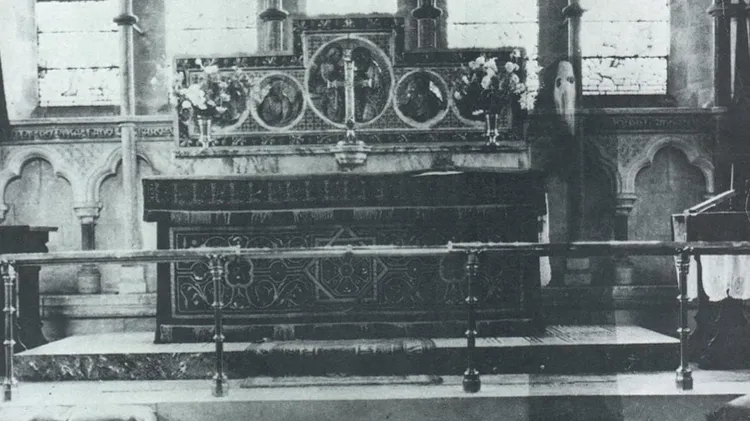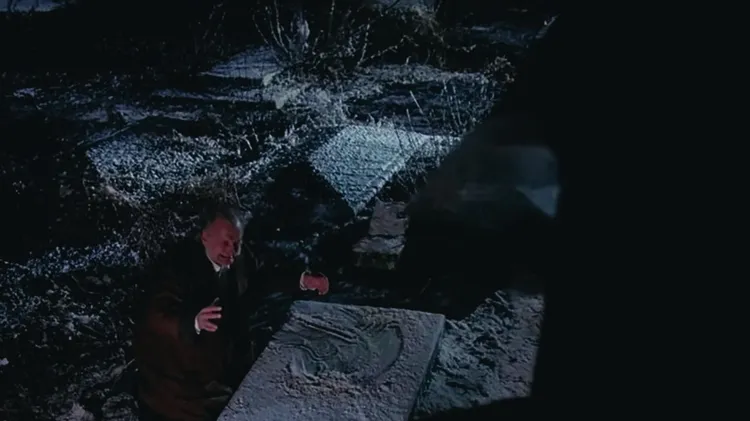Alan Crosby looks at the penalties that parishioners faced for bringing their dogs
Barking mad
2 min read
This article is from...
Read this article and 8000+ more magazines and newspapers on Readly






